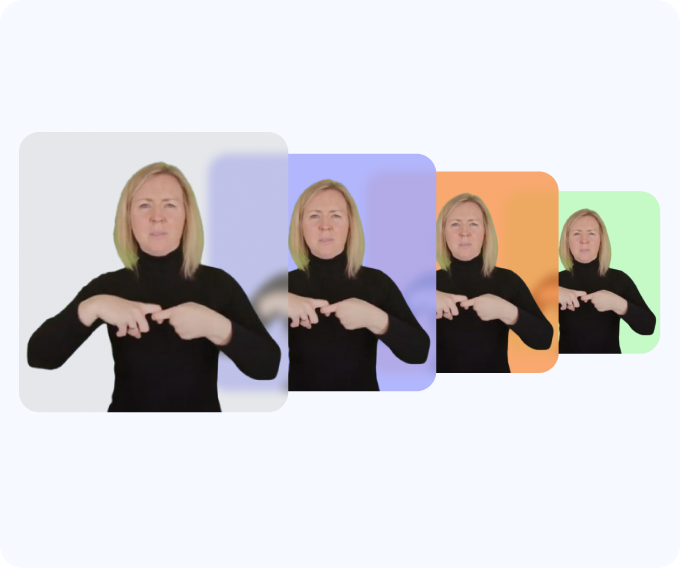The End of Telephone Banking and What It Means for Deaf People.

How can banks and payment operators help make technology suitable for people and translate it into everyday banking?
Let’s look at how the experience has changed for people with disabilities. The move to online banking means the ability to go to your local branch—where someone may know you—has gone. But it equally means no tricky steps to navigate, no high counters and glass screens. The significant improvements away from telephone banking and towards a digital experience also means Deaf people don’t have to give up their personal details to an interpreter or their child and have that repetitive and frustrating conversation with the support desk. Often interpreted calls were refused because the support worker wasn’t talking directly to the account holder. So, there are many great things about the banking revolution, especially for those who need services in their first language.
Open Banking and removing hurdles
Dismantling barriers is really positive—the fact that your banking app trusts who you are means you have a lot more financial mobility, which is good news for sign language users. The move to open banking across Europe in 2015 means that a Deaf person can access a bank anywhere and from anything, with enormous potential. User choice is king, and now I can use the chat facility on my App and get a loan approved without human interaction. The caveat is, of course, that we are then reliant on the tech working. Open banking has the potential to be revolutionary, to open up infrastructure safely and securely—plug-ins can be built, and anything that takes us away from telephone banking is a positive move. It also means that third parties can build solutions to improve customer access and iterate improvements over time as technology changes and develops.
What is good design?
And good, inclusive design is for all. Think about the way the app or website functions; if it is to be accessible to people who use sign, then by extension, the English should be simple, the journey a delight, and there should be multiple languages, including British, American, or any of the other 310 sign languages available and WCAG should be built in as standard. Don’t hide access functions behind layers of clicks – they need to be front and center of the UX journey. A history of being forgotten means that we presume there is nothing there—why should we look? There are also some great examples; the tech is there now, but it really depends on how banking companies adopt it. One example is that face scanning and fingerprint scanning are great for access, and not everyone uses them. Or think of the gov.uk website in the UK and how that has improved the daily lives of all UK citizens with its clean, easy design giving access to personal and company translations, all in one place at the click of a button. Collaboration during the product development lifecycle including users in the development lifecycle is critical to good design as well. During the build stage, ensure that user-friendly design is accessible at every point and tested on real, live humans—don’t wait until the end. The key is collaboration and this should be done productside and with a broad spectrum of potential users, whether Deaf/blind or dyslexic. The tricky part of product development is getting enough people and making sure there is a broad spectrum of users, including specialists. It’s also vital that the “silent but unhappy” users be considered, and it’s not just the loud majority that get heard.
Here at Signapse, we are massive fans of targeting those users with low engagement, and we will be getting this through A/B testing – setting up different product scenarios and looking at the data for engagement; we are big fans of data as well.
What is the dream?
A consistent product would be ideal. Imagine a world where whatever banking/ insurance app you are using, the AI sign language interpreter is in the same place and works the same way. In the real world, a consistent standard is more achievable, and the improvements in EU legislation are a real step forward towards this. If you would like to know more about how we are working with banks and fintech companies, please do not hesitate to get in touch at hello@signapse.ai
Related Articles
Breaking Barriers in AI Sign Language Translation: Signapse's Journey from Concept to Reality



